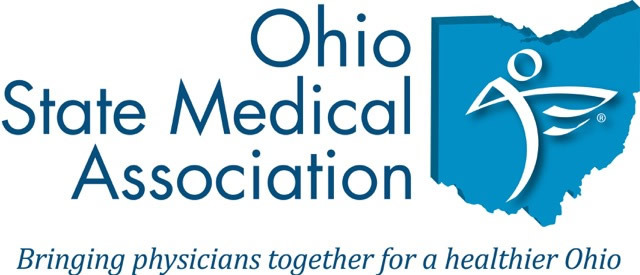Complete Story
06/02/2022
Reduce Clinician Burnout and Improve Well-Being with People-First Leadership
Provided by OSMA's preferred partner for medical liability insurance, The Doctors Company.
Robert D. Morton, MAS, CPPS, Assistant Vice President, Department of Patient Safety and Risk Management, The Doctors Company
Driving burnout are work overload, loss of control, insufficient reward, erosion of community, absence of fairness, and misalignment of values.1 Solving these issues requires respectful, humble leaders who have the tenacity to change systems and can deliver the solutions that healthcare workers need to thrive.
These types of people-first leaders put the needs of others first by sharing knowledge and power and by helping individuals perform to their highest capacity. People-first leaders whose actions have a positive impact on clinician burnout and well-being share common traits.
Commit
People-first leaders elevate their organizational commitment by making workforce well-being a measurable strategic imperative—prominently displayed on the organization’s performance dashboard—with dedicated resources, the same as other major strategic organizational priorities.
Measure Impact
People-first leaders assess their workplace with validated instruments that measure burnout, well-being, and the organizational costs of burnout in physicians, nurses, and other clinicians.
Build Leadership Skills
Skilled leaders committed to healthcare worker well-being are needed at all levels. People-first leaders acknowledge this and take steps to strengthen and develop their own and others’ leadership skills and behaviors and invest in building high-functioning teams—expert teams instead of teams of experts.
Take a Hard Look
Next, people-first leaders examine their policies and practices with an eye toward eliminating the drivers of burnout that come from leadership mandates.
Fix Inefficiencies
While shadowing, rounding, and (most importantly) listening deeply, people-first leaders scan for opportunities to enhance workplace efficiency and facilitate improvements for streamlining functions.
Cultivate a Culture of Well-being
Finally, people-first leaders work to cultivate and sustain a culture of respect, community, connection, and support. People-first leaders destigmatize and normalize asking for help.
References
- Leiter MP, Maslach C. Six areas of worklife: a model of the organizational context of burnout. J Health Hum Serv Adm. 1999;21(4):472-89.
Resources
American Association for Physician Leadership, Servant Leadership in the Medical Practice
American Medical Association
- Building Bridges Between Practicing Physicians and Administrators
- Burnout and Well-Being Toolkits
- Creating the Organizational Foundation for Joy in Medicine
- Cultivating Leadership
- Debunking Regulatory Myths
- Establishing a Chief Wellness Officer Position
- Organizational Cost of Physician Burnout
Cassel CK. The Doctor’s Advocate. Clinician Burnout: From a Crisis to a Movement
Institute for Healthcare Improvement
- Health Care Leaders: Heroism Is Out, Humility Is In
- “What Matters to You” Conversation Guide for Improving Joy in Work
Journal of Patient Safety, Evaluating the Costs of Nurse Burnout–Attributed Turnover
National Institute for Occupational Safety and Health, NIOSH Worker Well-Being Questionnaire
The guidelines suggested here are not rules, do not constitute legal advice, and do not ensure a successful outcome. The ultimate decision regarding the appropriateness of any treatment must be made by each healthcare provider considering the circumstances of the individual situation and in accordance with the laws of the jurisdiction in which the care is rendered.
